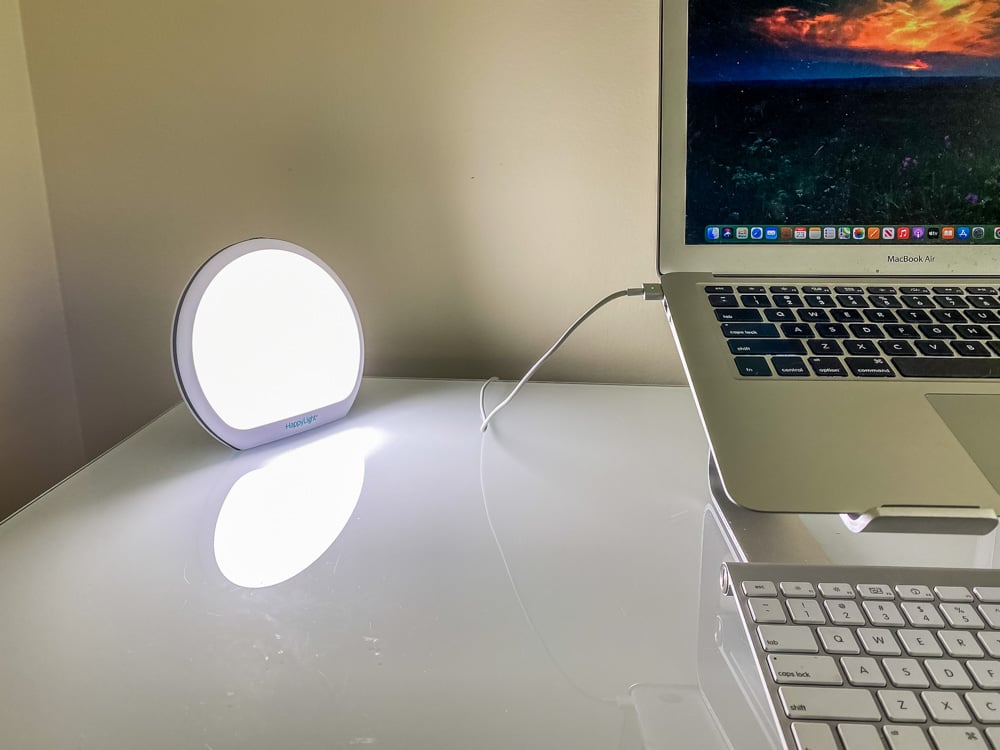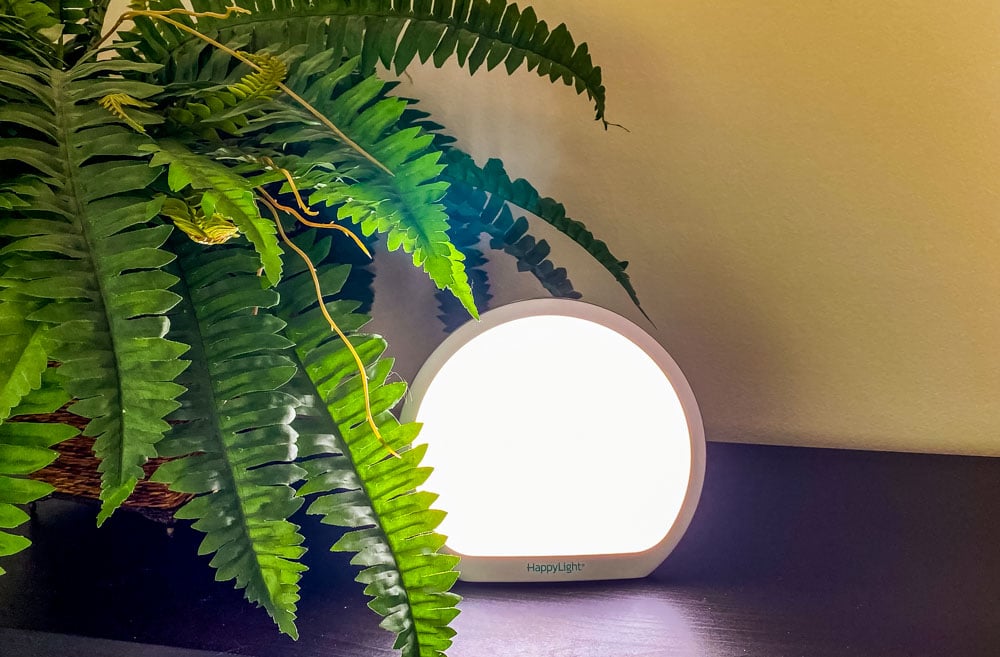Seasonal Affective Disorder (SAD) is a form of depression most commonly brought on by a change in seasons, usually as we transition from autumn to winter. It’s especially prolific in parts of the world that are generally cloudy, or located farther north or south of the equator.
As the days grow shorter and darker some people find themselves feeling a bit down, lacking energy, losing interest in previously enjoyable activities, sleeping more than usual, and even gaining weight.
These same symptoms of SAD can impact people who spend too much time indoors on a day-to-day basis. Artificial light simply doesn’t have the same positive effects on our bodies that natural sunlight does.

Benefits of Sunlight
While it’s true that we don’t want to get too much sun in an effort to protect our skin from harmful ultraviolet rays and should use sunscreen with a minimum sun protection factor of 30, just 5 – 15 minutes of sunlight is beneficial to us.
Vitamin D
The sun is the best source of natural Vitamin D which is necessary for its role in keeping our skin and bones healthy. If we can fit that minimal time in the sun into our schedules, we absolutely should. Short of sunlight, however, we can take a good quality Vitamin D supplement.
Scientists have proven that supplements are just as beneficial as the Vitamin D derived from Mother Nature herself.
Mood Booster and Sleep Enhancer
Sunlight increases serotonin, the hormone in our brains known for boosting our mood and helping us feel calmer and more focused. It also impacts our circadian rhythms – the natural mental, physical, and behavioral cycles our bodies go through in a 24-hour period.
Serotonin also plays an important role in our ability to sleep soundly at night as melatonin is synthesized from serotonin when the brain is exposed to darkness.
Sunlight Without the Sun
For those of us with symptoms of SAD, who live in grey climates or who simply want to benefit regularly from the wonderful benefits sunlight has to offer, technology has an inexpensive answer in the form of sunlamps.
I first discovered sunlamps when I moved to Cleveland, Ohio in 2004. While Cleveland is a lovely city with gorgeous weather from late spring into early autumn, the rest of the year is very grey. In fact, on average, there are only 166 sunny days a year in Cleveland. That’s compared to the US average of 205. It also ranks as the US’s 6th gloomiest city owing to its location off of Lake Erie.

When the warm moist air from the lake mixes with the cool dry air above it, evaporation from the lake’s surface creates an abundance of low, puffy stratocumulous clouds. They make for some amazing photos, but can wreak havoc on one’s mood as I soon found out.
My first winter in Cleveland I found myself struggling to get out of bed. I had virtually no energy, felt down all of the time, and had an increased appetite for starchy foods, like biscuits…lots of biscuits.
I went to see my doctor who informed me I was likely suffering from SAD and recommended I begin using a sunlamp daily.
Difference Between Sun Lamps and Light Boxes
First things first: there is no difference between a sun lamp and a light box. They’re simply interchangeable terms for an effective product designed to help us beat the winter, or cloudy day, blues.
All sun lamps are designed to deliver the appropriate dose of bright light to help us treat the symptoms of SAD. Ideally, sun lamps should provide an exposure of up to 10,000 lux.
A lux is the measurement of light intensity seen by the human eye. For comparison, the light in a typical office space usually comes in around 80 lux, whereas the sun on a bright day falls somewhere around 80,000 to 100,000 lux. And, unlike the sun, a good sun lamp doesn’t produce any harmful ultraviolet waves.
How to Use a Sun Lamp
While there aren’t any hard and fast rules about how to use a sun lamp, there are a few general parameters recommended by medical professionals and the manufacturers of most lamps.
Placement
Recommendations usually include using the lamp within the first hour of waking in the morning. The light should be off centre from the person using it, either at a 10 o’clock or 2 o’clock position, approximately 16 to 24 inches (41 to 61 centimeters) away from the user.
Exactly where one chooses to place the light is a matter of personal preference. Some prefer a small, personal lamp they can place on a desk or table while they work, read, or watch TV.
Others may choose a lamp offering a larger surface area, which can be placed on a table during breakfast or hung on a bathroom wall for use while getting ready for the day.

Timing and Intensity
Because the light is so intensely bright, it can take some getting used to. Some models offer varying degrees of brightness, allowing users to work up to the brightest level, while others have just one mode.
No matter the intensity of the light, it’s important to give the body time to adjust by starting with exposure over short increments of time. One way of doing this is to start with 10 minutes a day while gradually increasing the time until the user reaches a comfortable 30 minutes a day.
Using the light on a lesser intensity will likely allow someone to sit with it comfortably for a longer period of time from the outset. Not only that, but the user will need more time to feel the positive effects of the light. In other words, the lesser the light intensity, the longer the session, and the greater the light intensity, the shorter the session.
Light Therapy Works
It’s been over 15 years since that first gloomy winter in Cleveland. I effectively cured my SAD during the time I lived there and relied on a sunlamp to get me through some of the darkest days I’ve literally ever seen.
In fact, I found so much benefit from the lamp that I would turn it on as soon as I arrived at work and leave it running off to the side of my desk for most of the day. If I didn’t have a chance to use the lamp for some reason, I could almost immediately feel a difference in my mood and outlook.
When I moved to Northern Virginia in 2016 I was struck by how many more sunny days the area experienced and I found myself with little use for my lamp. It went into a drawer until I took up residence in an office with no windows. Before long I realized how awful I was feeling at the end of the workday, and out came the lamp again.
My current home office is also darker than I would like thanks to an overgrown tree and smaller windows that face south. My sun lamp has made yet another appearance, and I suspect it will remain on my desk in an effort to keep me feeling lighter and happier the whole year through.








